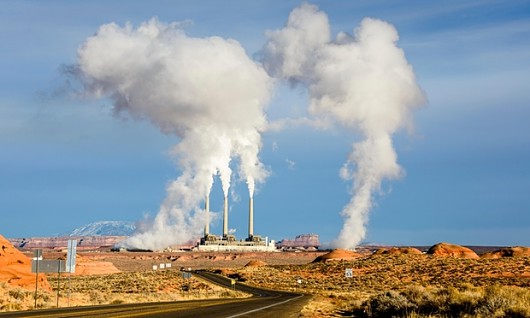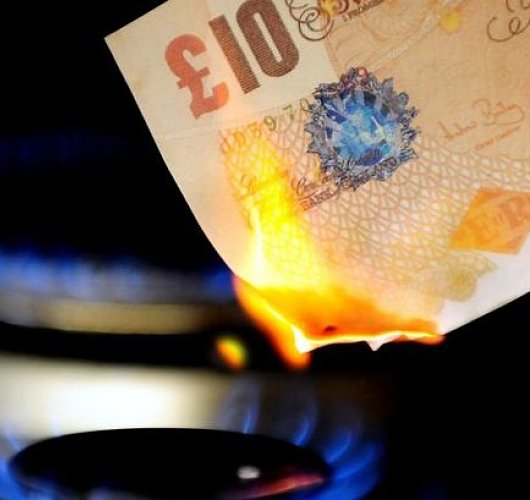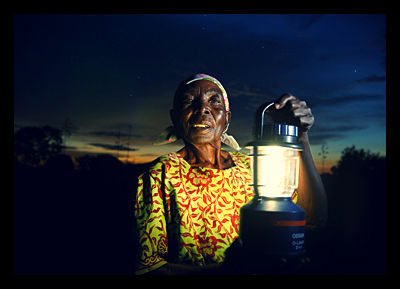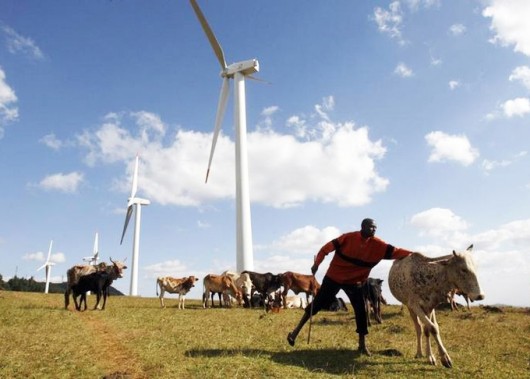 KenGen is Kenya’s leading electric power generation company, producing about 80 percent of electricity consumed in the country. The company utilizes various sources to generate electricity, including hydro, wind, thermal and geothermal energy.
KenGen is Kenya’s leading electric power generation company, producing about 80 percent of electricity consumed in the country. The company utilizes various sources to generate electricity, including hydro, wind, thermal and geothermal energy.
Last August, KenGen won two awards at the prestigious East African Power Industry Awards gala in Nairobi when the company was voted best in East Africa in the category of Excellence in Power Generation and was given the Outstanding Clean Power Project Award. Both awards are in recognition of the 280MW Olkaria Geothermal Expansion Project, according to the Aug. 28, 2015 KenGen press release.
“The project has helped the country save billions each month by displacing an equivalent amount of thermal electricity generation that use costly fossil fuels in favor of the much cheaper electricity from geothermal,” the press release states.
The judges who gave the award to KenGen said the geothermal power project was one of the largest in the world, with Kenya among the top 10 world leaders in geothermal energy. KenGen has contributed significantly to bringing down the cost of power in Kenya by directly offsetting thermal-based generation.
Geothermal energy comes from heat at the core of the earth. According to Clean Energy Ideas, “The earth’s core temperature is believed to be anywhere between 6000°C and 6500°C based on new research that came to light in 2013.” Previously, scientists believed the earth’s core to be somewhere around 5000°C.
“This intense heat is absorbed by the different layers of the earth, helping to heat our planet,” the website says. Geothermal power then refers to the electricity that can be generated from geothermal energy.
According to Conserve Energy Future, a website focused on climate change and alternative energy sources, geothermal power has advantages over other forms of energy. There can be significant cost savings, a reduced reliance on fossil fuels, no pollution and the potential for job creation.
In 2015, Kenya was rated by Forbes magazine as the third fastest growing economy in the developing world. With that, the demand for energy grew by about 5.5 percent in the last year and is predicted to continue growing.
The Africa Report claims that Kenya alone plans to increase its power generating capacity from about 2,500 MW to about 6,700 MW by 2017.
KenGen says that geothermal has surpassed hydro as the main source of electricity since December 2014, removing the need for rationing electricity in times of drought. KenGen’s push toward geothermal power is one important step toward solving Africa’s energy challenges.
– Megan Hadley
Sources: The African Report, KenGen 1, KenGen 2, Conserve Energy Future, Clean Energy Ideas
Photo: Liberation
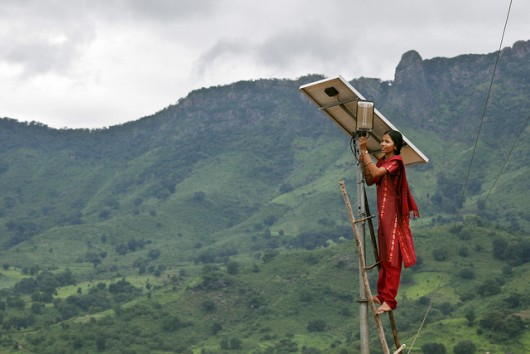 The Indian government wants to produce more than 10 percent of all energy from solar sources within the next seven years and more than 25 percent by 2030, according to Global Post. India’s solar goals are in response to the Paris agreement, which it signed last month in order to work towards reducing emissions.
The Indian government wants to produce more than 10 percent of all energy from solar sources within the next seven years and more than 25 percent by 2030, according to Global Post. India’s solar goals are in response to the Paris agreement, which it signed last month in order to work towards reducing emissions.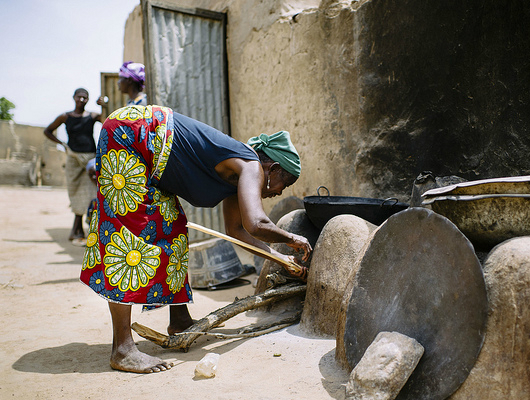 Cooking stove design studio and manufacturer BURN envisions a cleaner, healthier and more sustainable future for Africa with the help of an innovative cooking stove just larger than a soup pot. The Jikokoa, a modern design of East African jikos, reduces many negative impacts of traditional stoves and is 100 percent manufactured in Kenya.
Cooking stove design studio and manufacturer BURN envisions a cleaner, healthier and more sustainable future for Africa with the help of an innovative cooking stove just larger than a soup pot. The Jikokoa, a modern design of East African jikos, reduces many negative impacts of traditional stoves and is 100 percent manufactured in Kenya.
